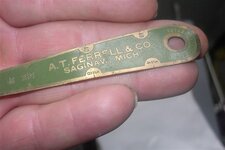mojjax
Silver Member
I'm wondering what this is for ? I found their website , so they are still in business .
http://www.google.com/url?sa=t&sour...epMm-TRvjTqWTWZZw&sig2=-DFyLqi8Io4xhhZQRQbjSw
They deal in grain , feed , farming stuff, etc .
http://www.google.com/url?sa=t&sour...epMm-TRvjTqWTWZZw&sig2=-DFyLqi8Io4xhhZQRQbjSw
They deal in grain , feed , farming stuff, etc .


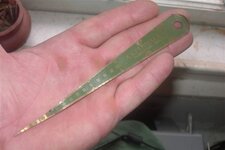
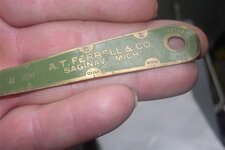
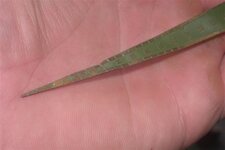
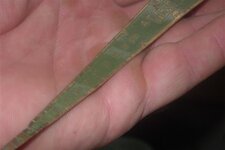


 )
)

